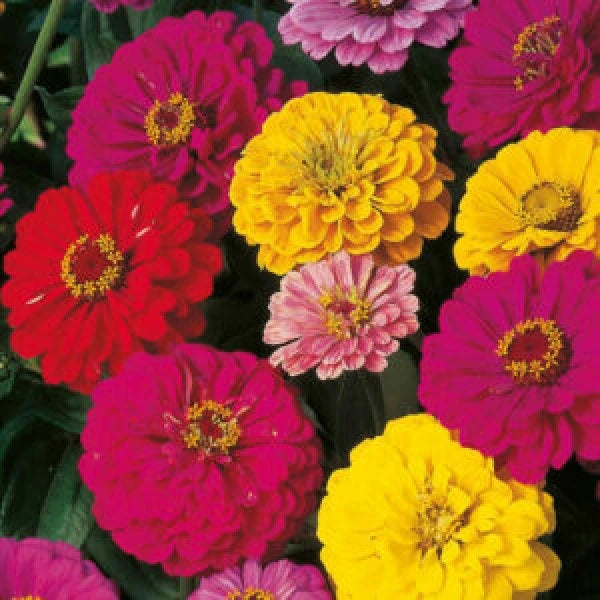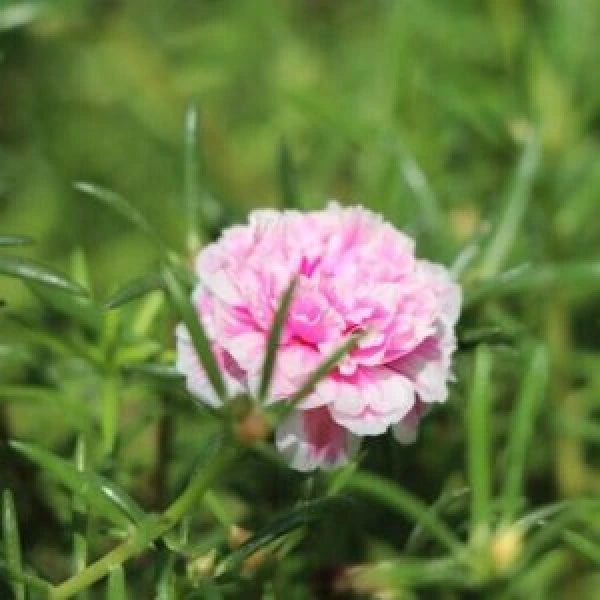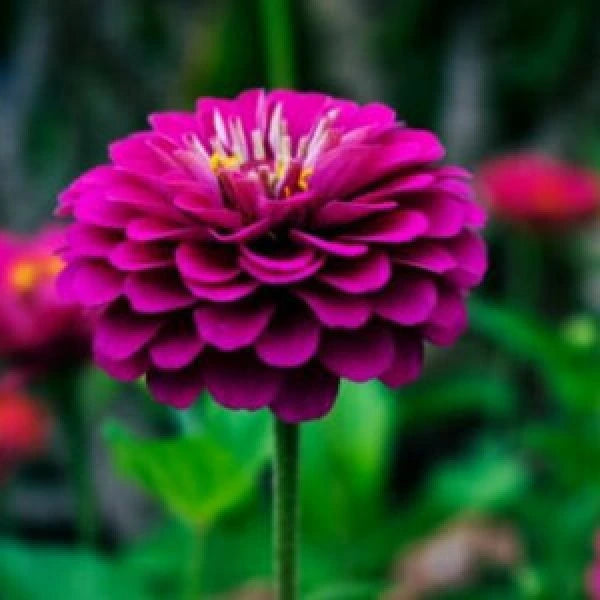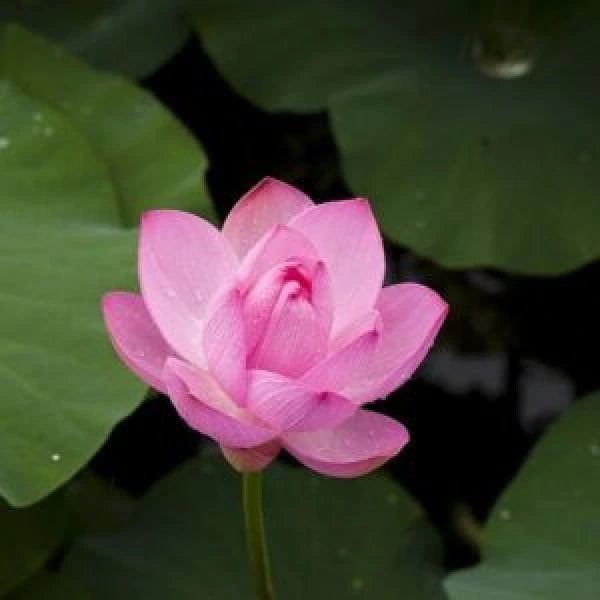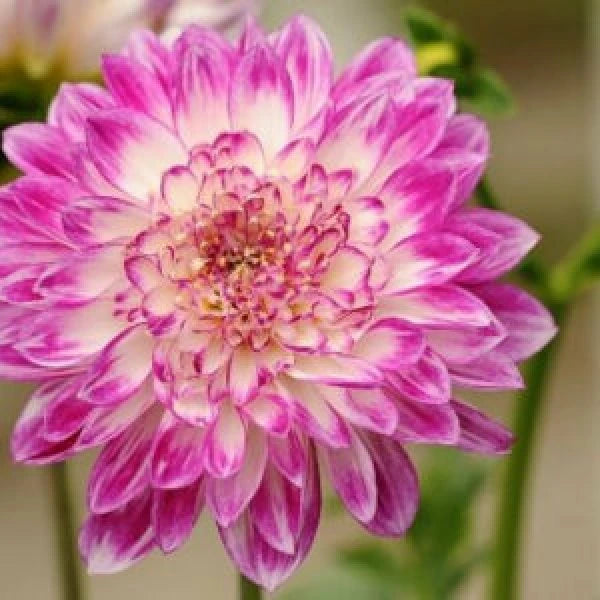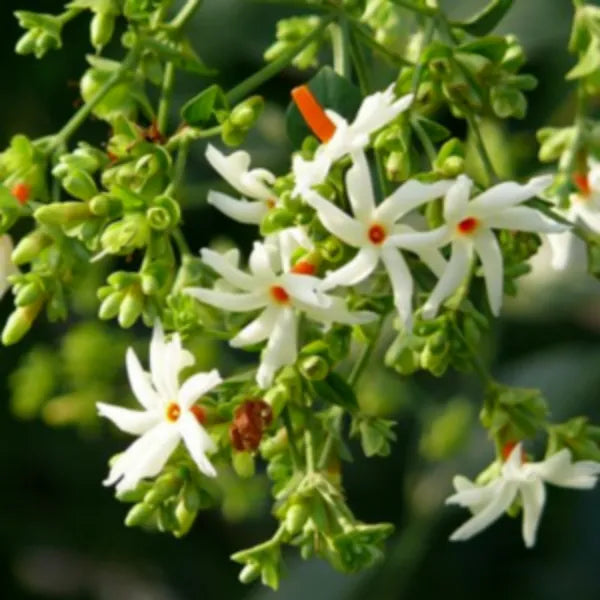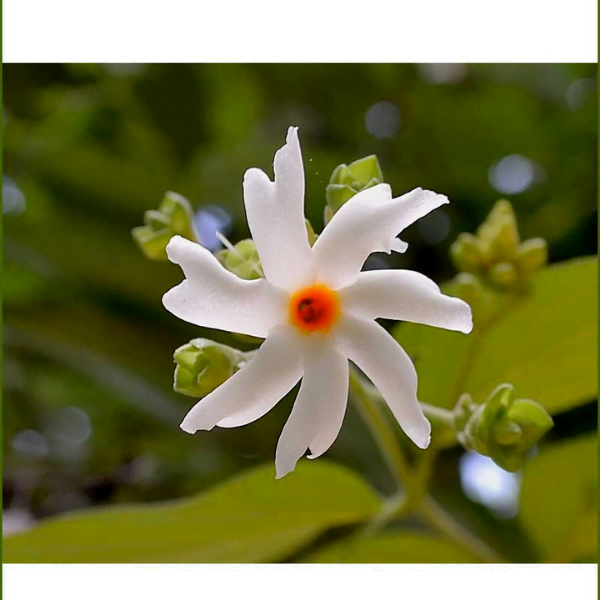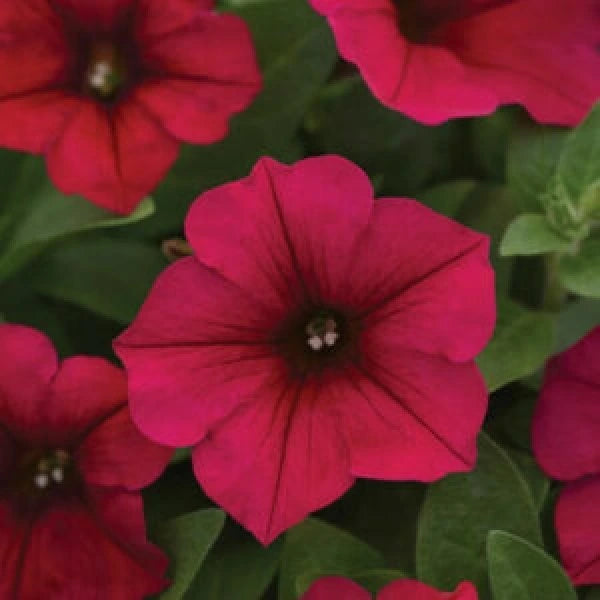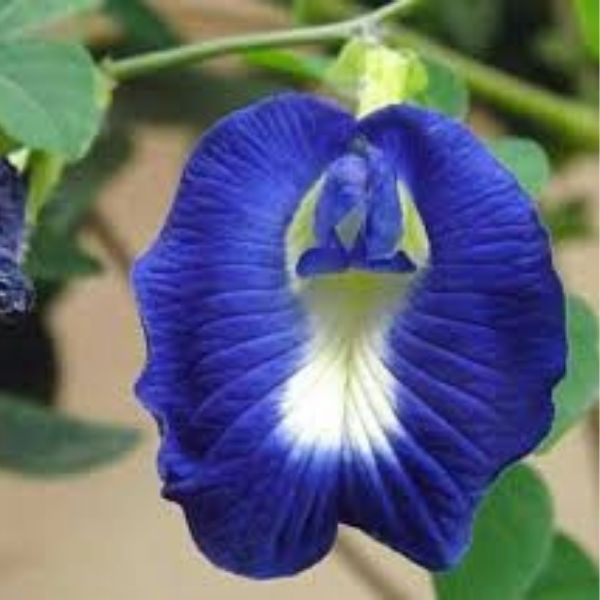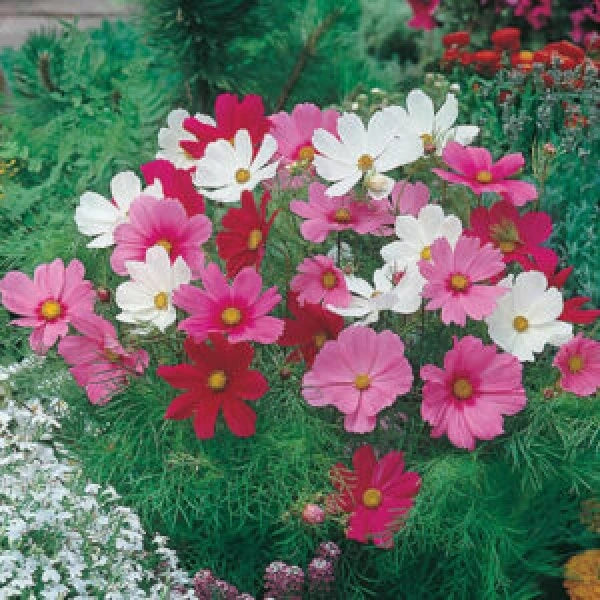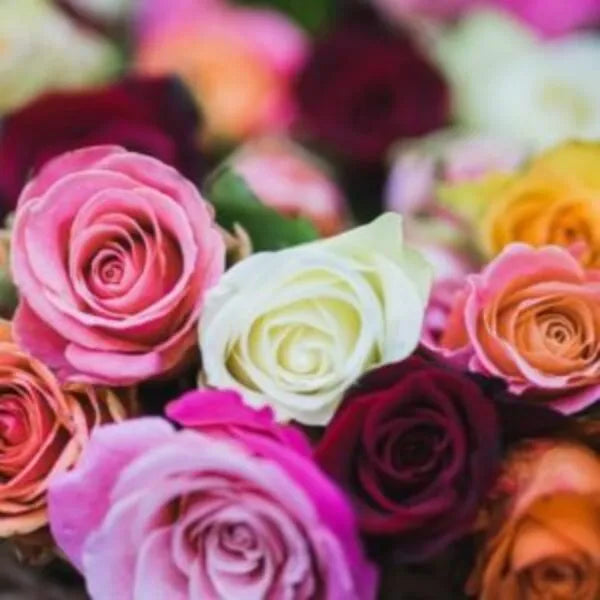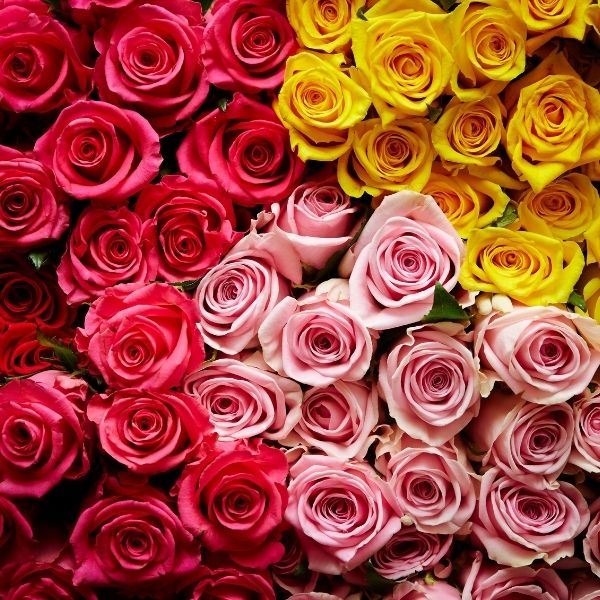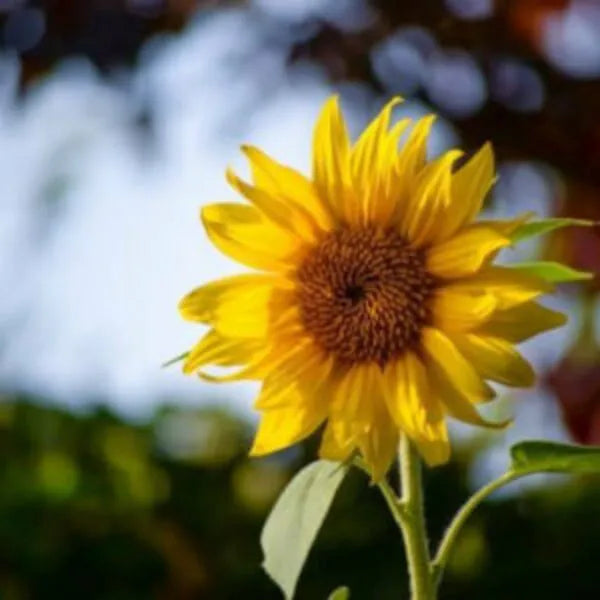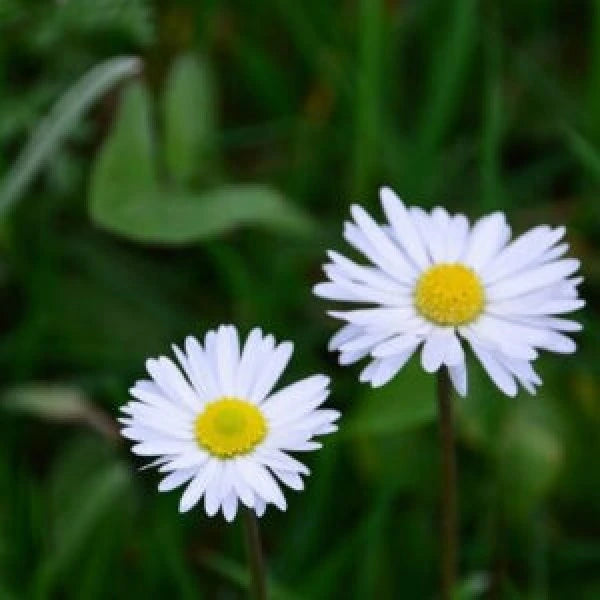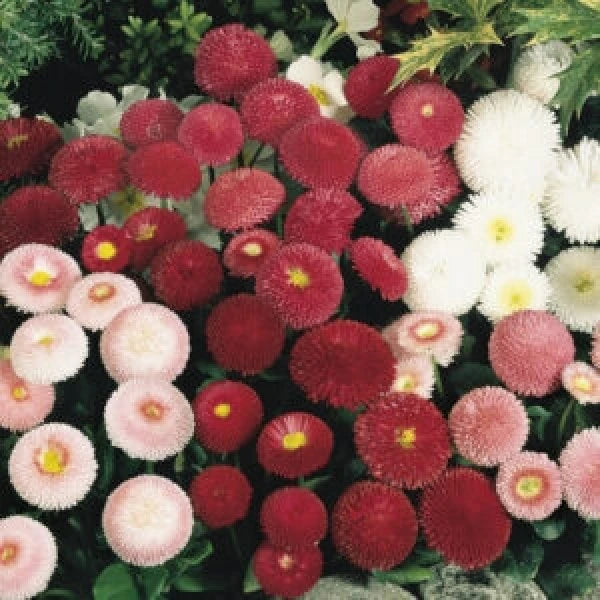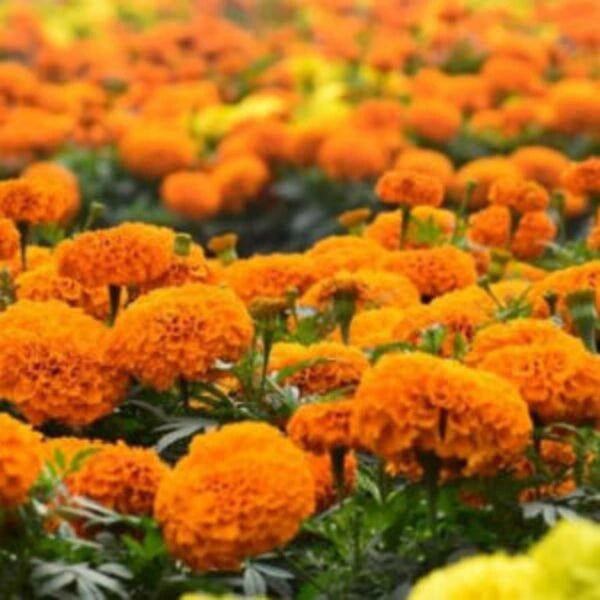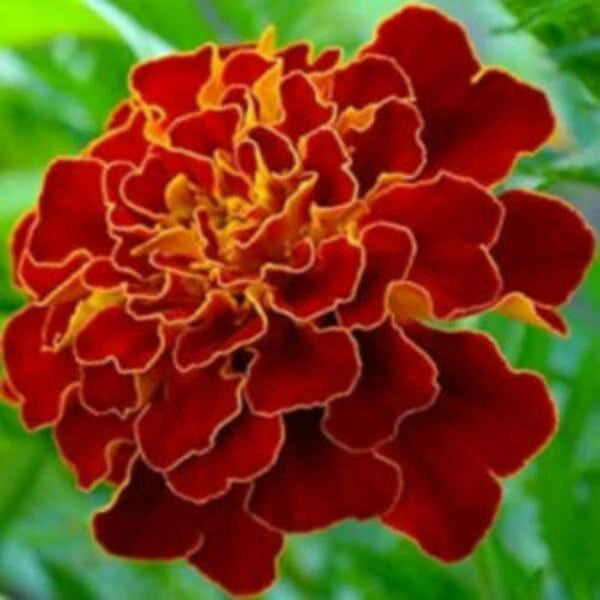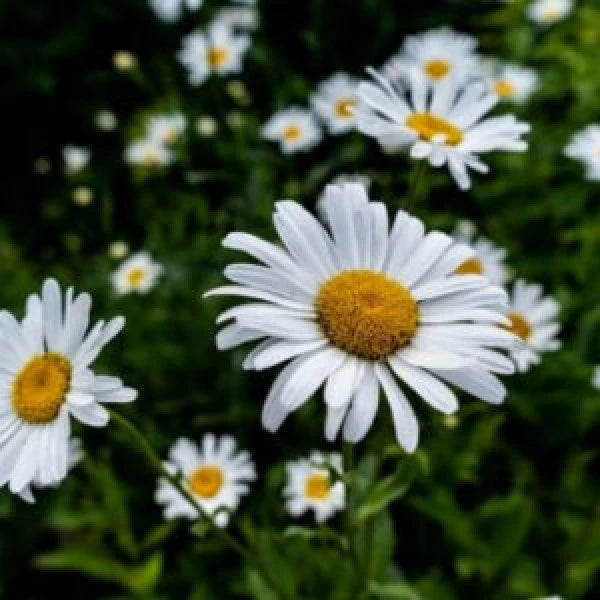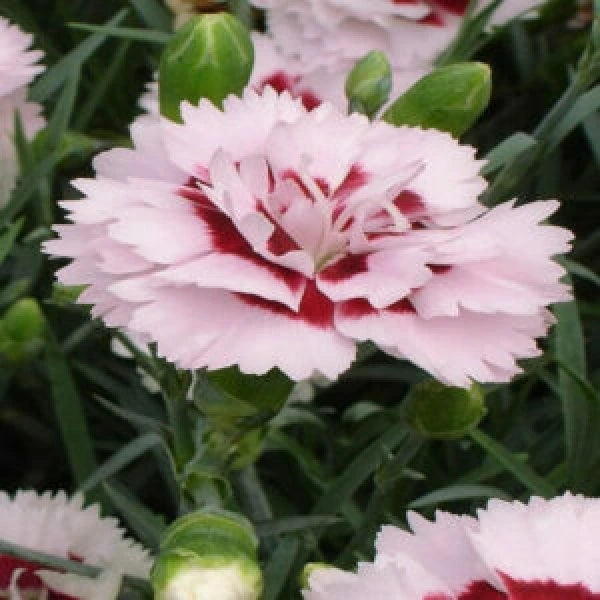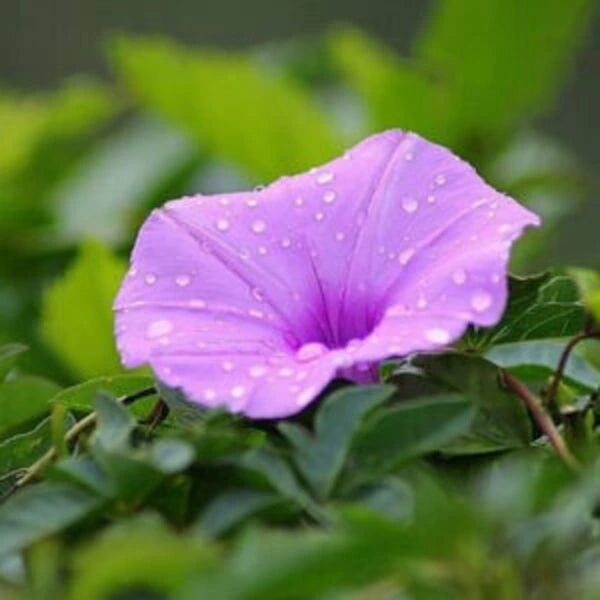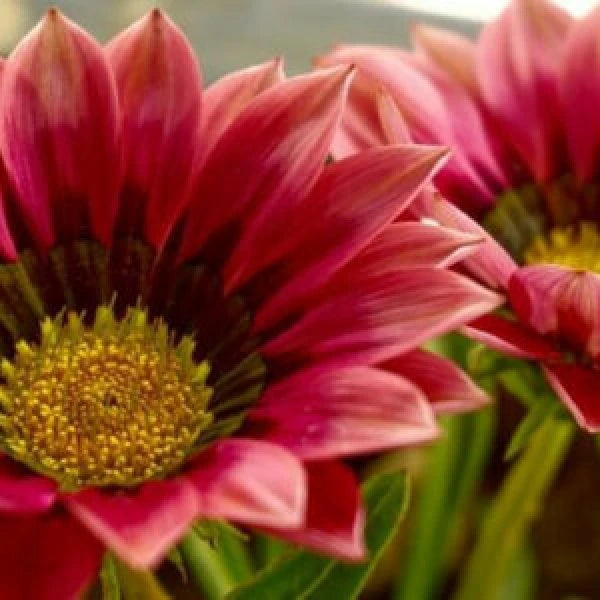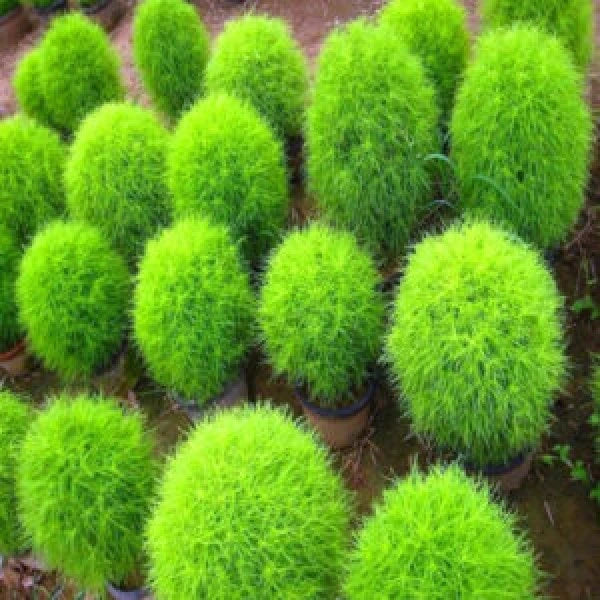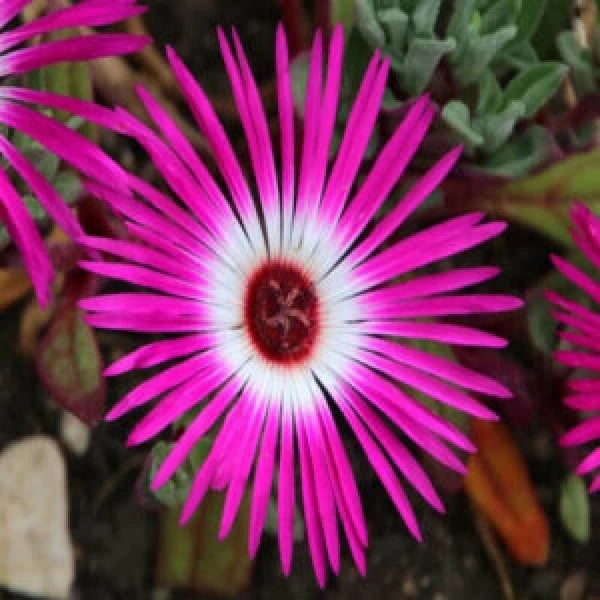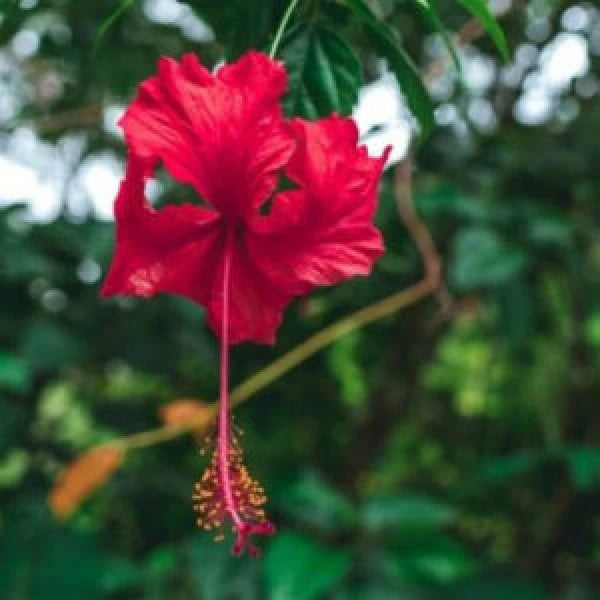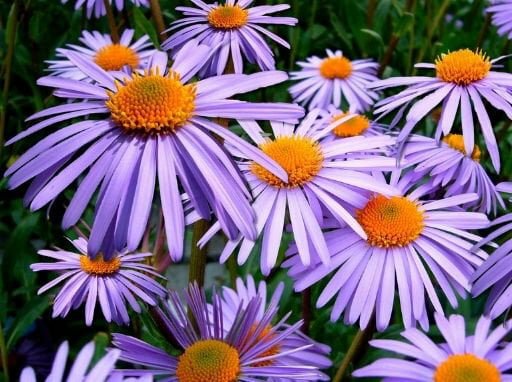Flowers can be grown from little, dry seeds called “flower seeds.”
When it comes to gardening, flower seeds offer endless possibilities. They allow us to create vibrant displays of color in our gardens, add fragrance to our surroundings, and attract pollinators like bees and butterflies. With just a few clicks, gardening enthusiasts can conveniently explore a wide variety of flower seeds for sale, including options to buy flower seeds online in India by paying cash on delivery.
Why flower gardening?
Flower growing is a rewarding pastime and creative outlet for gardeners. It enables them to grow a wide variety of colorful blossoms, each with its own distinct hues, forms, and scents. Beyond aesthetics, it may increase biodiversity by attracting pollinators like butterflies and bees. Caring for plants provides a calming effect on stress and a feeling of achievement. In the end, flower gardening turns outdoor areas into aesthetically pleasing, tranquil havens that promote a closer bond with the natural world.
Read More
Benefits of growing flowers from seeds
- You have access to an enormous number of varieties you cannot find in the nursery or the supermarket.
- Sometimes growing from seed is more beneficial for your plants than buying transplants from a nursery.
Prevent flower seeds from getting wet
Make sure the soil drains well, and don’t overwater the flower seeds. To prevent flower seeds from getting wet, store them in a dry, airtight container like a zip-lock bag or a sealed jar. Ensure the container is moisture-free and keep it in a cool, dark place. This will help protect the seeds from moisture, preserving their viability for planting.
How to grow flowering plants indoors?
- Choose the right seeds
- Choose a container
- Fill your container with soil
- Sow your seeds
- Place your container in a warm location
The best soil for flower seeds
For the development of the plants from the seeds, a seed-starting mix is a good choice as it is a soilless medium. It is better than conventional potting soil for seed germination as it is lighter and more superficial. One should take care of seedlings and that’s why good soil is a must for little seeds. The best potting soil for growing flowers is an even mix of the three soil types and is called sandy loam.
Best flower seeds to grow faster
Flower seeds that typically grow faster include annual flowers like marigolds, zinnias, and cosmos. These flowers usually sprout and bloom within a few weeks to a couple of months after planting. Sunflowers and nasturtiums are also known for their speedy growth. However, the specific growth rate can vary depending on factors such as soil conditions, temperature, and care. It’s essential to follow the planting instructions on the seed packets for the best results.
Flowers that grow in hot weather
- Sunflowers (Helianthus annuus)
- Marigolds (Tagetes spp.)
- Zinnias (Zinnia spp.)
- Lantana (Lantana camara)
- Portulaca (Portulaca grandiflora)
- Gazania (Gazania rigens)
- Blanket flower (Gaillardia spp.)
- Red hot poker (Kniphofia uvaria)
- Bougainvillea (Bougainvillea spp.)
- Desert marigold (Baileya multiradiata)
These flowers are known for their ability to withstand and thrive in hot and sunny conditions.
Flowers that grow in cold weather
Several flowers can thrive in cold weather and even withstand frost and snow. Some examples of cold-tolerant flowers include:
- Pansies (Viola tricolor)
- Snowdrops (Galanthus nivalis)
- Winter aconite (Eranthis hyemalis)
- Hellebores (Helleborus spp.)
- Crocuses (Crocus spp.)
- Siberian Irises (Iris sibirica)
- Witch hazel (Hamamelis spp.)
- Lenten rose (Helleborus orientalis)
- Alpine aster (Aster alpinus)
- Iceland poppies (Papaver nudicaule)
These flowers are well-suited to cold climates and can bloom even in chilly temperatures, adding beauty to winter landscapes.
Flowers that grow in rainy weather
Many flowers thrive in rainy weather and are adapted to the increased moisture. Some examples of rain-loving flowers include:
- Hydrangeas (Hydrangea spp.)
- Astilbe (Astilbe spp.)
- Canna lilies (Canna spp.)
- Impatiens (Impatiens walleriana)
- Caladium (Caladium spp.)
- Elephant ear (Colocasia spp.)
- Ferns (Various species)
- Calla lilies (Zantedeschia spp.)
- Lobelia (Lobelia spp.)
- Hostas (Hosta spp.)
These flowers typically require consistently moist conditions to thrive, making them suitable choices for gardens in areas with regular rainfall.
Month to sow flower seeds
Spring is the most common and conventional time of the year to sow flower seeds; successful results can also be achieved by planting in summer and fall as well. This seasonal versatility is a great advantage to the flower gardener and brings many diverse benefits and possibilities. The height of the year for flowers is certainly the month of May. Many seed varieties require specific conditions to grow successfully, so they may germinate and grow out of season.
How to store leftover seeds for the future?
To store leftover seeds for the future, place them in a dry, airtight container, like a resealable plastic bag or a small glass jar. Ensure the seeds are clean and completely dry before sealing the container. Label it with the seed type and date. Store the container in a cool, dark, and dry place, such as a refrigerator or a pantry. Properly stored seeds can remain viable for several years, making them ready for future planting. A layer of powdered milk or uncooked rice at the bottom of the container will absorb excess moisture.
Is Fertiliser used or not for flower seeds?
Using fertilizer on seeds can be counterproductive as it may lead to over-fertilization, which can harm or even kill delicate seedlings. Seeds typically contain enough nutrients to support their initial growth. It’s best to wait until the seedlings have developed a few true leaves before applying a diluted, balanced liquid fertilizer. Follow specific guidelines on the fertilizer product for proper usage and avoid over-fertilizing, which can be detrimental to young plants.
Best organic fertilizer for flower seeds
For organic flower seedlings, consider using organic fertilizers that are slow-release and provide a balanced set of nutrients. One popular option is compost, which enriches the soil with organic matter and nutrients. Additionally, well-rotted manure or organic granular fertilizers with balanced N-P-K (nitrogen, phosphorus, and potassium) ratios are suitable choices. Look for products labeled as “organic” and follow the application instructions to ensure your flowers thrive naturally.
Benefits of flower seeds
Studies found that consumption of seeds — including sunflower seeds — was linked to lower rates of cardiovascular disease, high cholesterol, and high blood pressure. Sunflower seeds are a source of many vitamins and minerals that can support your immune system and increase your ability to fight off viruses. Flower seeds beautify gardens, attract pollinators, and can be therapeutic for gardeners, enhancing outdoor spaces and supporting biodiversity.
Pests of seed crops
The mustard aphid is the most damaging pest of cruciferous oilseed crops like Toria, Sarson, Raya, Taramira, and Brassica. Common pests on flower seeds include aphids, caterpillars, and snails, which may eat or damage the seeds and young seedlings. Flower seeds can also be vulnerable to weevils, beetles, and rodents that may nibble on them. Protecting seeds with proper storage and using natural remedies like neem oil or diatomaceous earth can deter these pests. Regular inspection and maintenance of your garden can help prevent damage to flower seeds.
Flower seeds are a great choice for gardeners. They are affordable and bring beauty to your garden. Planting them is easy and enjoyable. Flowers attract bees and butterflies, helping the environment. Taking care of seeds is simple, and they do not take up much space. They add colors and cheer to your garden. Gardening with seeds is a delightful and eco-friendly pastime.
What are Flower seeds?What are the benefits of growing flowers from seeds?What are the different types of Flower seeds available?How do I choose the right Flower seeds for my garden?When is the best time to plant Flower seeds?How do I prepare the soil for planting Flower seeds?How do I sow Flower seeds?How do I water Flower seeds?How do I protect Flower seeds from pests and diseases?How do I fertilize Flower seeds?How do I thin out Flower seedlings?How do I transplant Flower seedlings?How do I prevent Flower seeds from getting too hot?How do I prevent Flower seeds from getting too cold?How do I know if Flower seeds are viable?How do I know if Flower seeds are suitable for my region?How do I create a Flower garden using seeds?How do I create a low-maintenance Flower garden using seeds?Can Flower seeds be used for indoor gardening?How do I prevent Flower seeds from getting too wet?How do I create a colorful Flower garden using seeds?How do I create a pollinator-friendly Flower garden using seeds?How do I create a vertical Flower garden using seeds?How do I create a Flower garden in a small space using seeds?How do I choose the right containers for growing Flower seeds?How do I transplant Flower seeds into larger containers?How do I create a water-efficient Flower garden using seeds?How do I propagate Flower seeds?How do I ensure that my Flower garden thrives?What type of pot is best for growing Flower Seeds?What type of soil should I use for growing Flower Seeds in pots?Do Flower Seeds in pots need fertilizer?How do I harvest Flower Seeds in pots?Can Flower Seeds in pots be grown hydroponically?Can I reuse soil from my Flower Seeds pots for future plantings?Can I grow Flower Seeds in pots on a balcony?Can I grow Flower Seeds in pots indoors without natural light?Can I plant Flower Seeds directly in the ground instead of in pots?How long do Flower Seeds in pots typically last?Can I grow Flower Seeds in pots year-round?How do I store leftover Flower Seeds for future use?
Days to Harvest
Flower Type
- Annual Flowers
- Biennial Flowers
- Blue/ Purple/ Lavender Colored
- Mixed Colored Flowers
- Multicolored/ Variegated Flowers
- Perennial Flowers
- Red & Pink Colored
- White Colored
- Yellow & Orange Colored
Growing container type
- Deep Container (depth 18 inches)
- Generic Container (dia 12 inches)
- Wide and Shallow (depth 4-6 inches)
Growing Season
Growth Pattern
Germination
Stock
Germination
Germination
Germination
Sowing Time
New filter
Type of Seeds
New filter
Vegetable Type
Ideal Location
Number Of Seeds / Size
Germination
Type of Seeds
Vegetable Type
Type of Seeds
TwitterInstagramLinkedinFacebookPinterestQuora
PAGES
- About Us
- Store
- Our Team
- Partner With Us
- Contact Us
- Seeds For Plastic
- Our Impact
- Offers
- Jobs
- Track Order
- TAOS Points
- Return and Refund Policy
- Terms of Service
- Events
- Get a free plant
Quick LINKS
- Seeds
- Flower Seeds
- Vegetable Seeds
- Herb Seeds
- Fruit Seeds
- Microgreen Seeds
- Gardening Kits
- Gardening Essentials
- Manures
- Sustainable Living
- Miniature Garden Toys
- Algae project
BLOGS
- Gardening Workshops
- Gardening Calendar Blogs
- -- Influencer Calendar Blogs
- -- Plants Calendar Blogs
- -- Seeds Calendar Blogs
- Sustainable Gifting Ideas
- Gardener Stories
- Garden Care Blogs
- Miniature Garden Decor
Shop by cities
WORKSHOPS
The Affordable Organic Store1572 Google reviewsWrite a reviewChidambara Hariharan14/01/2024Good seedsSneha Lal13/01/2024All plants are ok delivery time taken so muchSubharaj S12/01/2024Received my saplings today...very good packing...tk u A.Organic store...I impressed yr delivery packing....very happy...keep yr god job...👍Privacy Policy
Copyright © The Affordable Organic Store
Powered by The Affordable Organic StoreWriteComposeReplyPaste selectionFormat:EssayParagraphEmailIdeaBlog PostOutlineMarketing AdsCommentMessageTwitterTone:🙂 Formal😉 Casual🧐 Professional🤩 Enthusiastic🤓 Informational😄 FunnyLength:ShortMediumLongLanguage:አማርኛالعربيةБългарскиবাংলাCatalàČeštinaDanskDeutschΕλληνικάEnglishEspañolEestiفارسیSuomiFilipinoFrançaisગુજરાતીעבריתहिन्दीHrvatskiMagyarBahasa IndonesiaItaliano日本語ಕನ್ನಡ한국어LietuviųLatviešuമലയാളംमराठीBahasa MelayuNederlandsNorskPolskiPortuguêsRomânăРусскийSlovenčinaSlovenščinaСрпскиSvenskaKiswahiliதமிழ்తెలుగుไทยTürkçeУкраїнськаاردوTiếng Việt简体中文繁體中文Submit (enter)Powered by AITOPIAChatAskSearchWriteImageChatFileVisionFull Page
Explain this
Summarize


